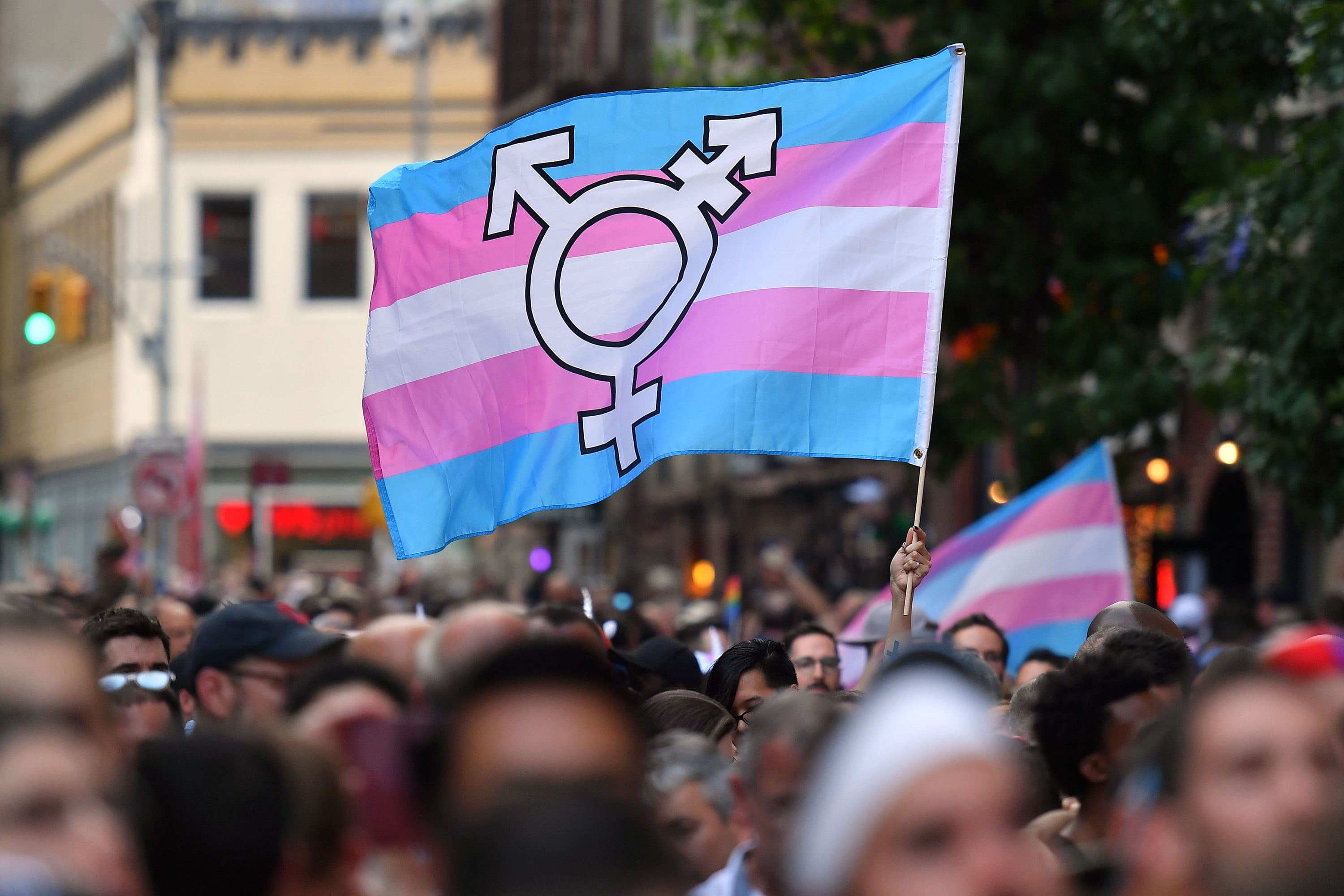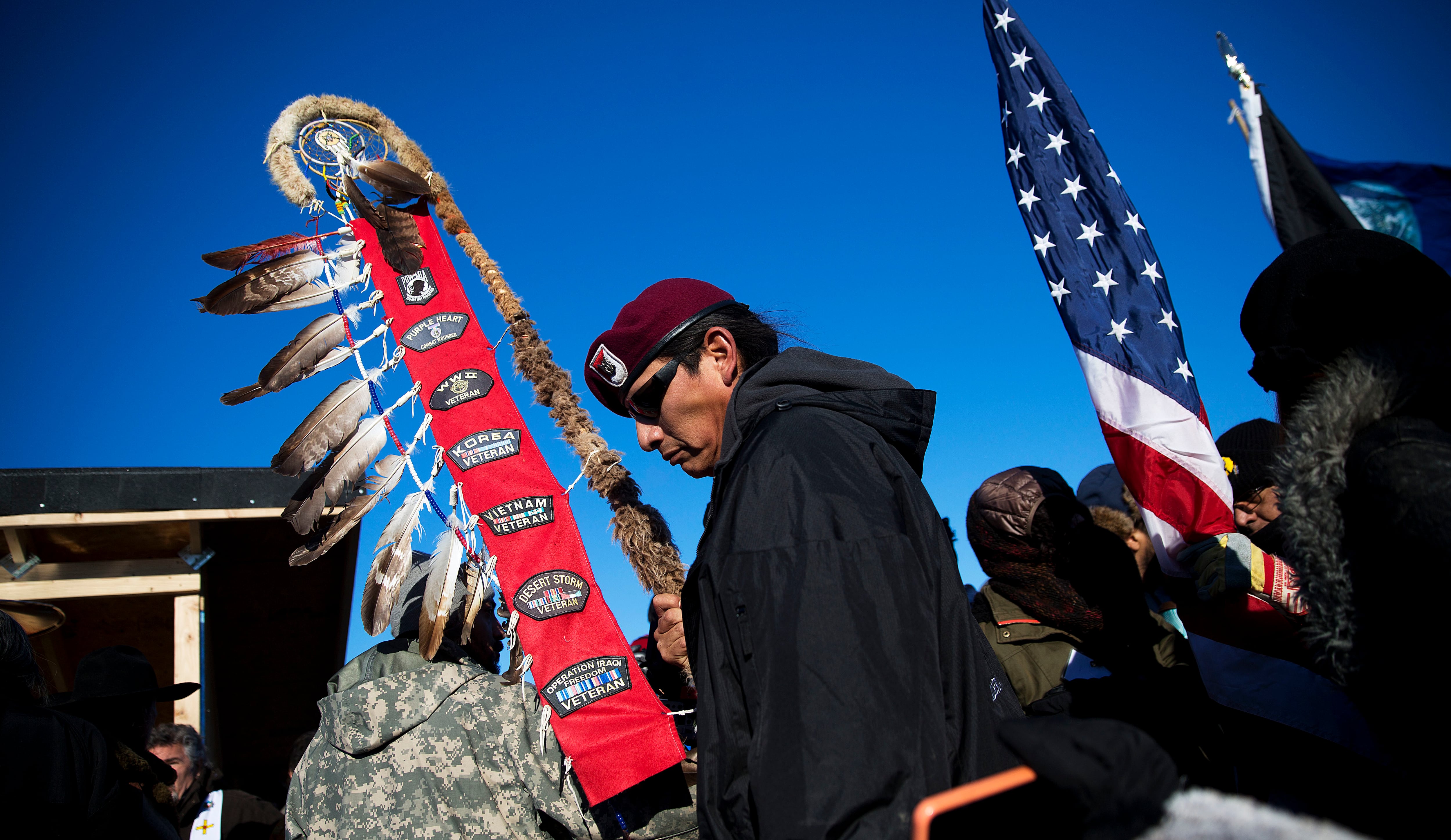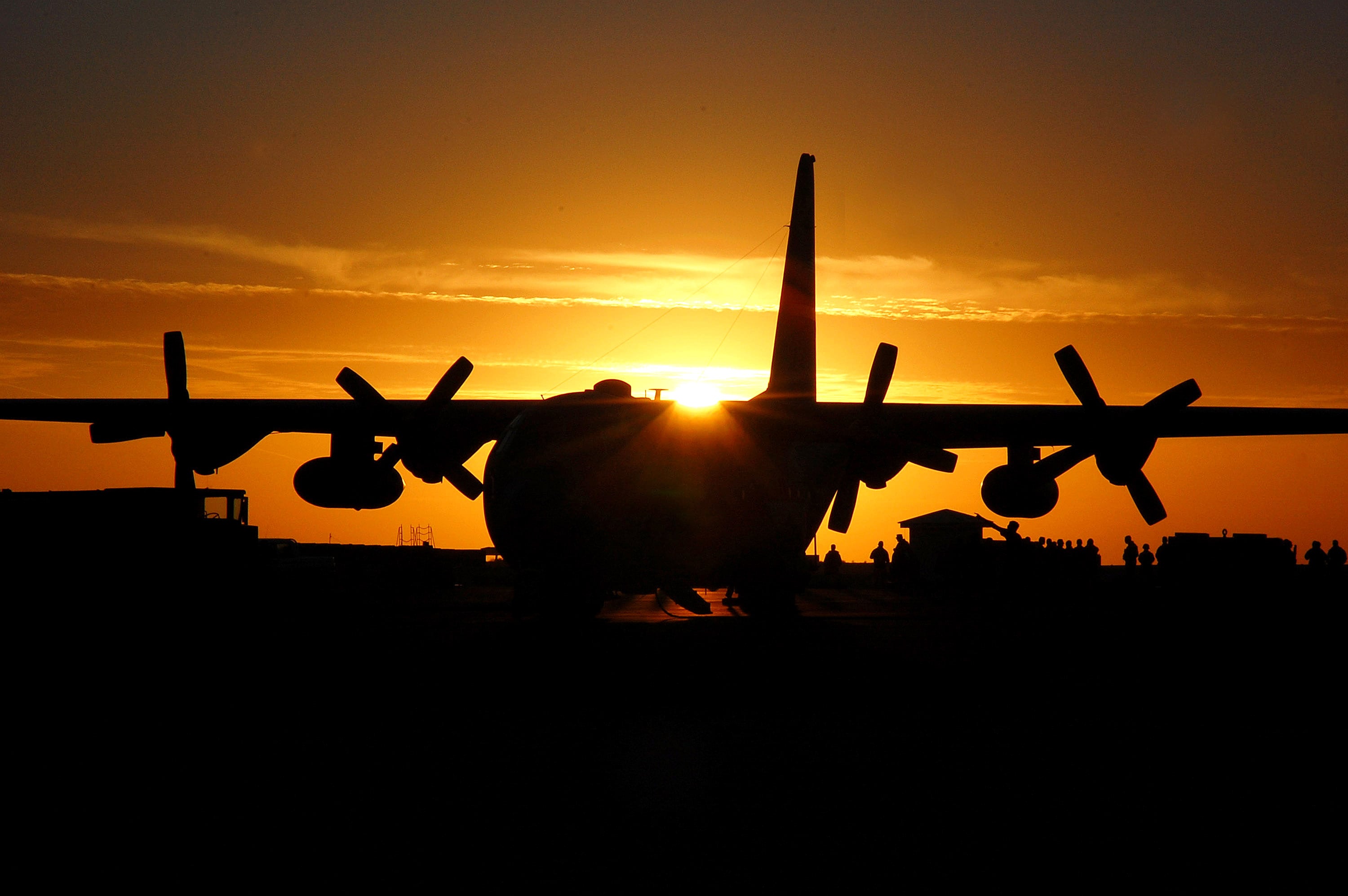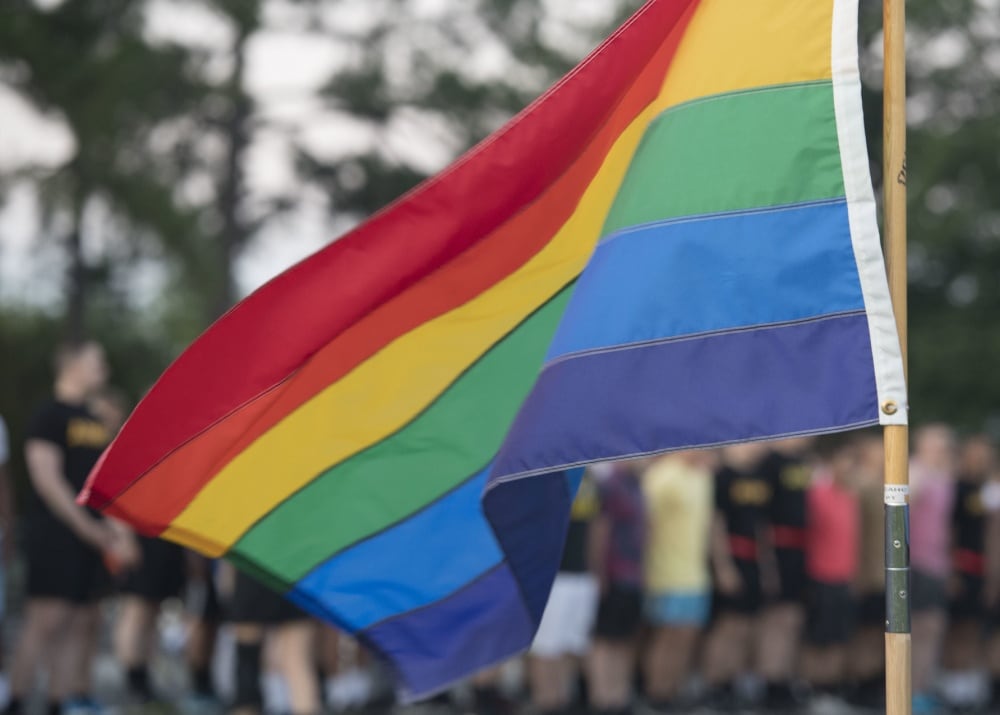The Air Force is adding two new groups to its slate of teams working to create equitable policies for minority employees, this time focusing on the LGBTQ and native communities.
The Lesbian, Gay, Bisexual, Transgender and Queer/Questioning Initiative Team, or LIT, will tackle the issues that “disproportionately impede the success” of those airmen and guardians, the Air Force said Monday.
It comes 10 years after the end of the Pentagon’s “Don’t Ask, Don’t Tell” policy, which banned openly gay personnel from serving in the military from 1993 to 2011.
“For many of the senior-ranking military members, some of whom served under [Don’t Ask, Don’t Tell] for nearly two decades, the creation of LIT is a watershed event,” the Air Force said.
A decade later, LGBTQ troops are rebuilding their representation in the ranks as well as the leadership pipeline. In 2018, the federally funded think tank Rand Corp. reported that 5.3 percent of Air Force members identified as LGBT.
RELATED

They have secured some wins, like the Air Force’s 2018 approval of the HIV-prevention drug known as Truvada. But Air Force and Space Force personnel still struggle with what they see as outdated and sometimes harmful policies and viewpoints around LGBTQ members, from health care to restrictions on officer commissioning.
“Every time I change a unit, I am required by [Air Force instructions] to sit down with my commander, and we have to sign a letter together about my sexual activity,” one HIV-positive airman told Air Force Magazine last year. “Very invasive. … No one wants to have that conversation.”
The new team group is also likely to be a key voice as the Air Force reconsiders policies affecting transgender troops, after President Joe Biden repealed the Trump-era ban on openly trans servicemembers earlier this year. New military instructions on medical treatment for transgender troops and that ban discrimination based on gender identity take effect May 1.
An Indigenous Nations Equality Team, or INET, will handle the concerns of airmen and guardians of American Indian and Native Alaskan heritage.
“The INET, a play on words for the term ‘Innit,’ which is a slang term among tribes meaning, ‘Yes, I agree,’ will review and analyze guidelines, programs, data and other information for barriers to employment, advancement and retention,” the AIr Force said.
Just 0.7 percent of active-duty Air Force and Space Force troops identify as American Indian or Native Alaskan, as well as 0.6 percent of civilian employees, according to the Air Force Personnel Center.
RELATED

“With the addition of these two groups, we will have a better understanding of barriers to service, which allows us to enhance our diversity and inclusion,” said Gwendolyn DeFilippi, assistant deputy chief of staff for manpower, personnel and services.
The Air Force has created several other working groups to look at the needs of various minority constituencies across the service, including teams focused on Black, Hispanic, and Pacific Islander and Asian American members, disabled personnel and women.
Their input has spurred the service to overhaul policies that are central to servicemembers’ quality of life, such as allowing women to wear shoulder blade-length ponytails and braids after decades of stricter grooming standards that caused migraines and hair loss. The Air Force is also mulling how future aircraft should be designed to accommodate a wider range of people, rather than basing those dimensions on outdated male standards.
RELATED

The working groups’ efforts dovetail with others underway in the Department of the Air Force to understand diversity and equity shortcomings, including two Inspector General inquiries into racial disparities faced by Black, Hispanic, Latino, Asian, American Indian, Native Alaskan and Hawaiian and other Pacific Islander personnel.
“The Air Force Inspector General will publicly release results of the second disparity review this summer, along with an update on progress based on the first racial disparity review,” the service said Monday.
Rachel Cohen is the editor of Air Force Times. She joined the publication as its senior reporter in March 2021. Her work has appeared in the Washington Post, the Frederick News-Post (Md.), Air and Space Forces Magazine, Inside Defense, Inside Health Policy and elsewhere.





